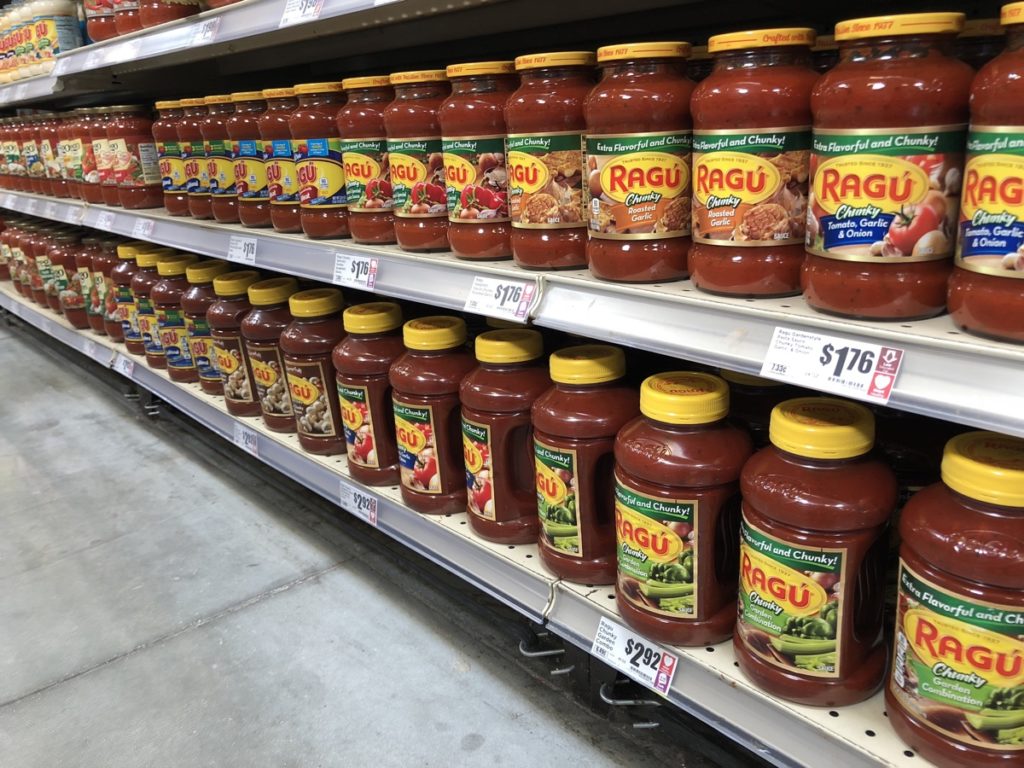If you and I were to walk down the pasta aisle of a supermarket circa 1976, you might be amazed. Not at what you saw, but amazed at what you didn’t see. When it came to spaghetti sauce, there was as little shelf space as there were choices to be made. You’d likely see only two brands, Ragu or Chef Boyardee, and only two flavors, plain and “with meat”. In the 70’s, and for several decades preceding that, there was only one way to mass-produce spaghetti sauce – thin, blended, and somewhat bland.
All of that changed a decade later when Campbell’s Soup hired market researcher Howard Moskowitz in an attempt to revive the slugging sales of its new brand, Prego. Moskowitz had been arguing for years that there was more than one way to make almost everything in the grocery store, spaghetti sauce included. Moskowitz altered the basic recipe for Prego and tested 45 different varieties. Campbell’s and Moskowitz selected the best-performing of the 45 varieties and relaunched with the new recipe and an expanded selection. The combination was an immediate hit with consumers, Prego grabbed a big chunk of Ragu’s dominant market share, and practically overnight forty years of the one way to mass-produce and market spaghetti sauce changed forever. Today, both Prego and Ragu each offer over thirty different pasta sauces to choose from and the sauce section occupies more than half the shelf space on the pasta aisle in supermarkets.
If you’ve been in the workplace for more than a handful of years, it’s almost guaranteed that you’ve heard the phrase, “we’ve always done it this way” at least once. This is especially true for most market-leaders the way it was true for Ragu in the 1970s. But history has proven over and over again that there’s more than one way to do just about everything. The sacred one way is a comfort for those at the top until some upstart disrupts the entire market and then the upstart’s strategy becomes the new way it has always been done.
With the increased presence and reach of the internet, market disruption has never been as prevalent as it has been over the past 15 years. Industries with centuries of history such as the book industry and taxi industry have seen seismic shifts in the one way it’s always been done. Those who currently sit at or near the top of their respective markets – whatever those markets may be – can either start working on new ways to get the job done, or they can stick with the one way they’ve always done it. They can leave discovering a new way to the competition who will be more than happy to do the hard work. And reap the rewards.
If you were to take a symbolic walk down the aisles of your industry twenty years ago, and then again twenty years from today, I wonder what you would be amazed by.
# # # # # # # # #
Previous posts from Number One is the Worst:




0 Comments